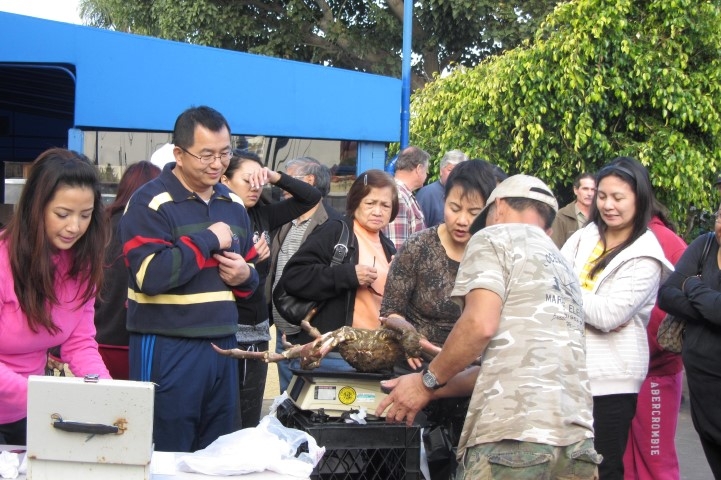Fishermen selling their catch through alternative markets need to determine what products customers will buy, including type, quantity, portion size and packaging. Some common product options are:
- Live
- Dressed
- Headed and Gutted
- Chunks (Portions)
- Nuggets
- Fillets
- Smoked
- Canned
- Jerky
Fishermen may face competition when selling seafood that is identical or very similar to domestic and overseas products. Creating value-added products, such as vacuum-packed fillets or smoked pâté, can provide new marketing opportunities (see Resources below). However, fishermen producing these products are considered processors and thus are subject to additional seafood safety regulations (see Seafood Safety). Fishermen providing these products also likely will require additional resources (financial, human, physical) and/or arrangements with a processor or seafood market.
Tips
Consider these tips to help decide what product types will work with your fishing operation:
- Gather feedback from family, friends, chefs and local market managers to help identify:
- types of products customers desire.
- amount and frequency that a product is likely to be purchased.
- potential customer base (e.g., consumers from some cultures may be more likely to purchase whole fish than others).
- Balance customer needs with the resources (financial, human and physical) required to produce product(s).
Attention to these details can save time and money in the long run.
See resources below for additional information.
